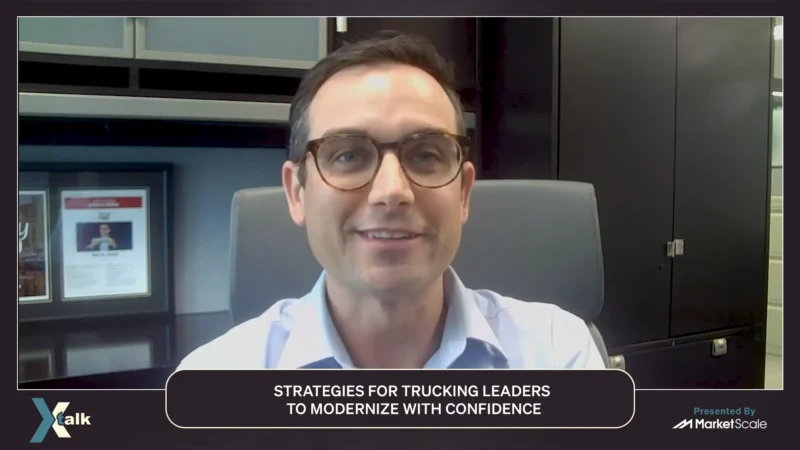Talkin’ Shop: Walbro’s Business Continuity Plan Alleviates the Impact of Coronavirus Shutdowns
Coronavirus has been making headlines recently for it’s rapid spread, airlines suspending flights and government-mandated shutdowns in some areas of China. How do global companies prepare for supply chains halting production for days on end? Bob McCue, Channel Marketing Director at Walbro, joins host Tyler Kern to talk about how Walbro has a business continuity in place for the global event that we have seen unfold over the past few weeks.
Walbro has a plant located in Tianjin, China that is 1,100 km away from Wuhan, where the majority of Coronavirus cases have been reported. McCue said that they already had time blocked out for the Chinese New Year so, initially, the production halt did not seem like a huge deal. He then said that more and more delays kept coming in, and the conversation turned to worries of overloaded and chaotic ports causing even more delays when people return to work.
McCue said that this is not the first time Walbro has dealt with a global event like this. He said that, in 2011, when the deadly earthquake and tsunami hit Japan, they had five days of no contact with the people that worked at their Japanese plant. He also brought up an interesting point about Coronavirus by comparing it to the SARS virus that spread years ago. McCue said that the SARS virus was more deadly than Coronavirus, but Coronavirus is spreading much faster than the SARS virus. Another interesting point McCue and Kern talked about was the stock market’s surprising response to Coronavirus, as the market is still trending positive.
For the latest news, videos, and podcasts in the Transportation Industry, be sure to subscribe to our industry publication.
Follow us on social media for the latest updates in B2B!
Twitter – @MarketScale
Facebook – facebook.com/marketscale
LinkedIn – linkedin.com/company/marketscale



